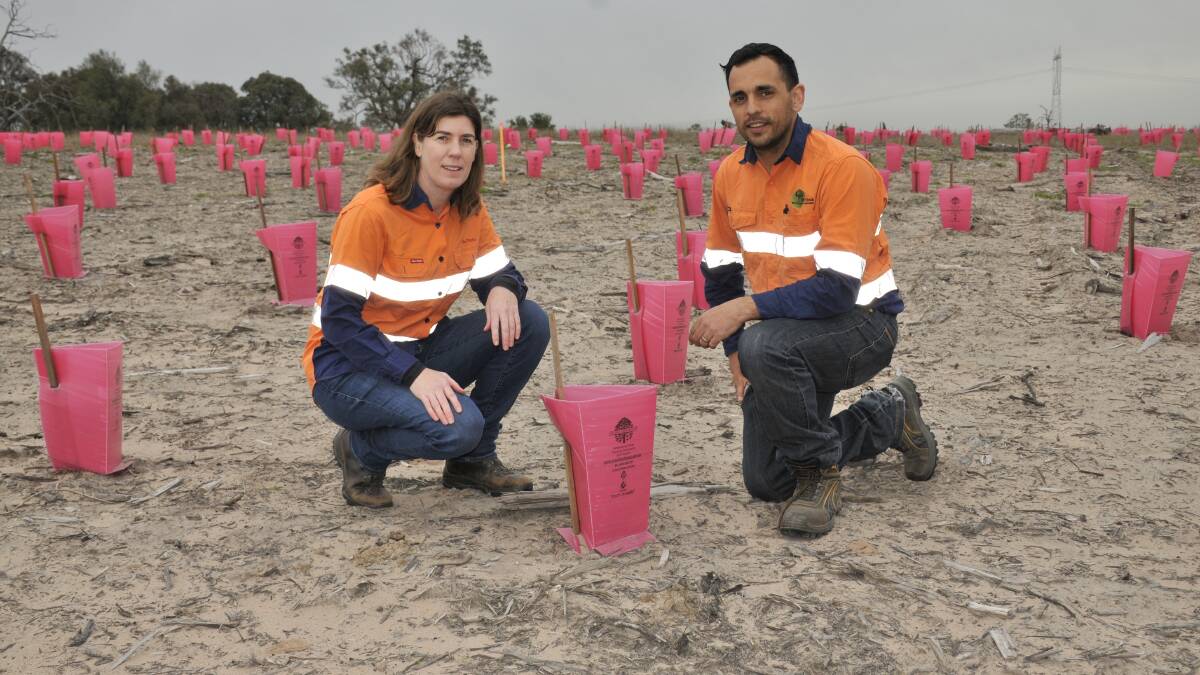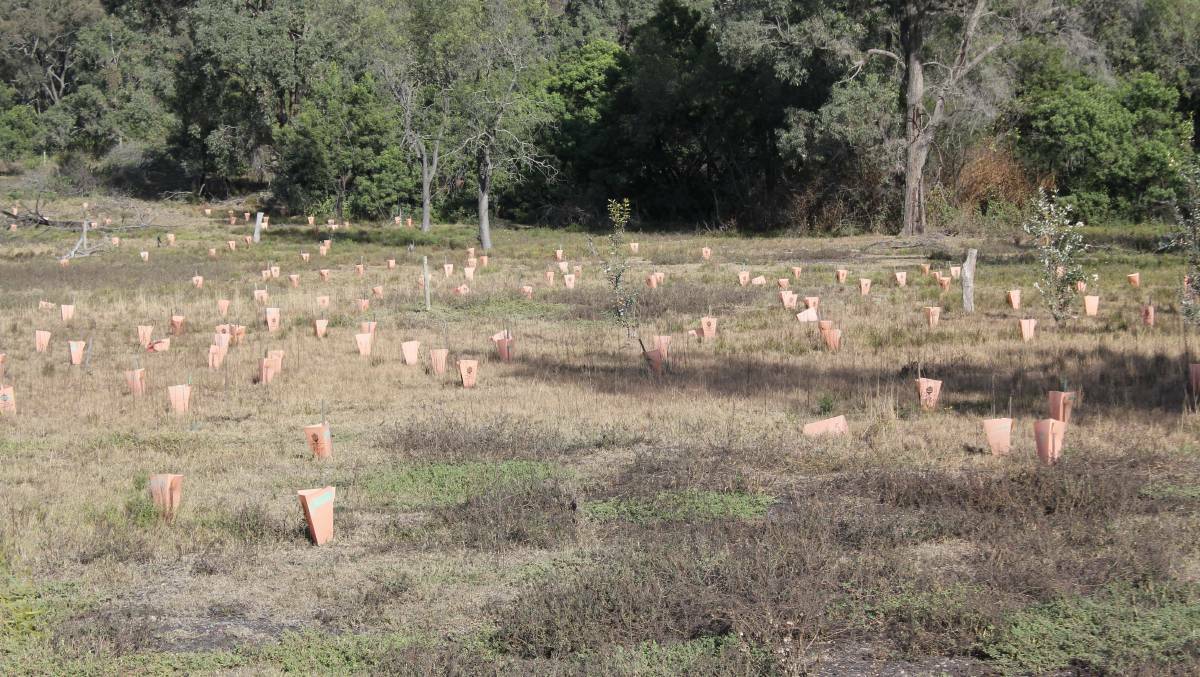A report published in 2016 highlighting the inadequacies of money for and regulations of mining rehabilitation across NSW is still having impacts on decisions being made now by state government.
Subscribe now for unlimited access.
$0/
(min cost $0)
or signup to continue reading
That report prepared by the NSW Auditor General (titled Mining Rehabilitation Security Deposits) concluded there has not been adequate monitoring of operational mine sites to effectively gauge the progress of ongoing site rehabilitation and management of closure risks.
It called for more money, more monitoring and better planning.
Unfortunately it appears little action was taken to address the issues raised in the report despite the then Director Environmental Sustainability Unit, Dr David Blackmore when visiting the Upper Hunter the following year and speaking at an Upper Hunter Mining Dialogue forum saying that given the lag time associated with establishing rehabilitation, standards applied under a regulatory system 20 years ago may not meet today's expectations.
Dr Blackmore speaking in November 2017 said it was vital for the future of mining that the land be returned post-mining to a fit and proper use.
"We have to ensure rehabilitation occurs progressively and then the community will understand mining can achieve a sustainable outcome," he said.
Back then he suggested the Department of Resources was hoping by 2018 to have a rehab portal in operation a GIS ( geographic information system) that tracks rehab work on all mine sites.
"Using the GIS portal the public can see every mine in the state and see what work rehab work has been undertaken on an annual basis, Dr Blackmore said.
"Its a pro-active tool and that means the public can access satellite images of each mine's rehab work."
This week the NSW government said mining operators across NSW will be required to show their plans for progressive rehabilitation and to report annually on rehabilitation outcomes, with the NSW Government today introducing a series of new reforms.

Deputy Premier and Minister responsible for Resources John Barilaro said several amendments have been made to the Mining Regulation 2016 to modernise the framework and to ensure that progressive rehabilitation is carried out throughout the life span of every mine in the state.
"After extensive public consultation, new standard mining lease conditions for rehabilitation will now be introduced on all mining leases, giving the industry a clearer and more consistent framework to comply with," Mr Barilaro said.
"Previously, a mining operation may have been subject to several different rehabilitation and environmental management conditions, making compliance, monitoring, and regulation complex.
"These changes will apply to all mining leases held in NSW, and will help drive rehabilitation outcomes that have communities, the environment and the mining sector at their heart.
"These reforms will strengthen the rehabilitation framework, encouraging best practice rehabilitation and ultimately ensure that mining lease holders progressively rehabilitate mine sites over the course of their project, and not just at closure."
The new changes will require all mining leaseholders to:
- prepare a management plan to identify and achieve rehabilitation outcomes
- carry out rehabiltiation risk assessments
- develop a program to demonstrate an approach to progressive rehabilitation
- make information about rehabilitation publicly available
- report annually on rehabilitation performance.
Mr Barilaro said the changes build on the government's commitment to improve regulation in the mining sector and the work of the NSW Resources Regulator to promote accountability and improve understanding of rehabilitation requirements.
"Providing more detailed public reporting and case studies will help to improve the transparency and understanding of mine rehabilitation. These changes will provide peace of mind to many," Mr Barilaro said.
The latest mine rehab announcement seems to be more about public opinion on mine rehabilitation than about serious change in policy," said Rod Campbell, Research Director at The Australia Institute.
"What was announced this week has actually been in place for several weeks, but won't come into force for most mines for at least another year.
"The change will increase the documentation that mines have to provide around rehabilitation, but unless there is political and bureaucratic will to improve practices, I don't see this making much difference.
"The NSW public still can't easily access information regarding mines and rehabilitation, years after such a website was promised.
"None of this will change the fact that multinational mining companies are allowed to leave massive toxic holes in the Hunter, effectively a multi-billion subsidy to the coal industry.
"If current or future generations want to fill in these voids, the cost will be into the tens of billions, according to Australia Institute research."
Asked who would be 'policing' the new regulations the Resources Regulator spokesperson stated it was responsible for monitoring and enforcing compliance with the new rehabilitation conditions.
The Regulations commenced this month and the new standard rehabilitation conditions will apply to all new mining leases issued from this date.
For mining operators with mining leases in place before these conditions were introduced, a transition period will apply.
Large mines with leases in place before July 2, 2021 will have until July 2, 2022 to comply with the new conditions.
Small mines with leases in place before July 2, 2021 will have until July 2, 2023 to comply with the new conditions.
Inspectors carry out proactive assessment and audit activities at mine sites and also investigate complaints.
Should non-compliance be detected, the Resources Regulator has a range of compliance and enforcement tools available including issuing statutory directions, issuing penalty notices, prosecution, suspension and/or cancellation action.



